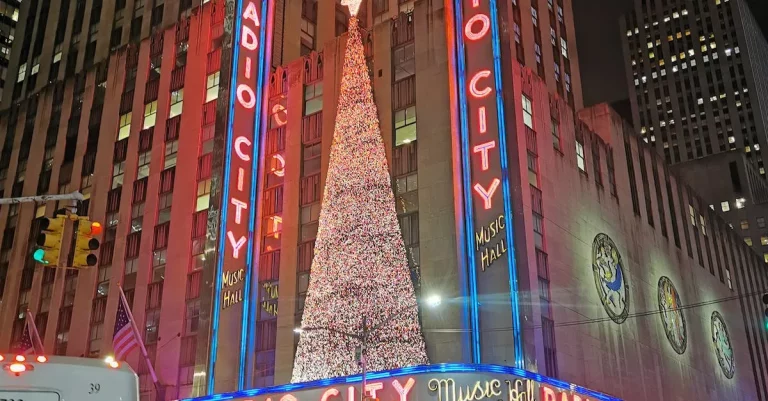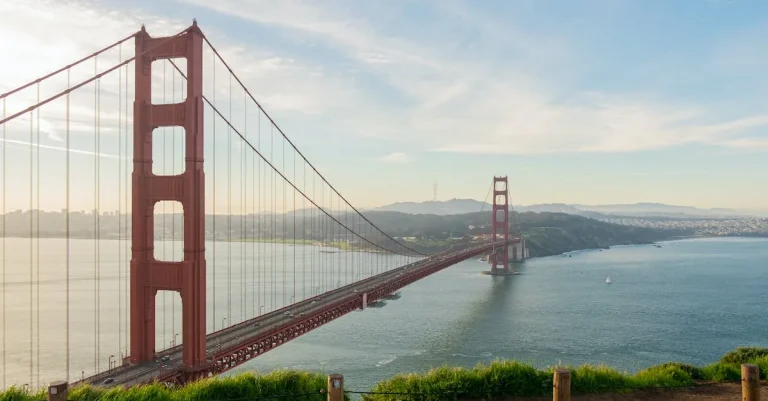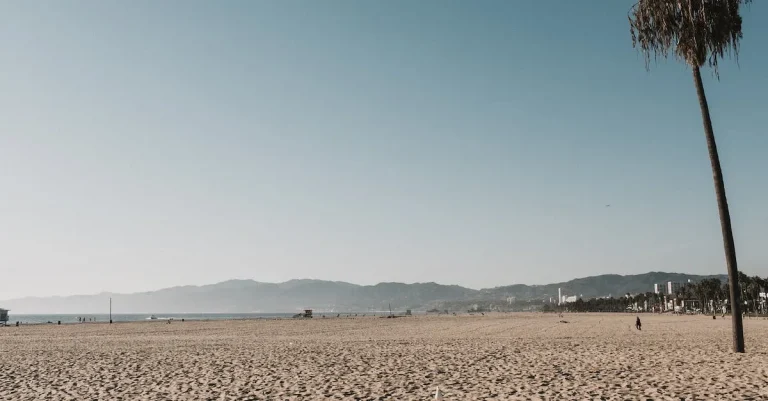When Does It Stop Snowing In Colorado?
With its Rocky Mountain landscape, Colorado is known for its long winters and abundant snowfall. For skiers and snowboarders, the snow is a major draw. But for others planning travel, knowing when the snow tapers off can be helpful. If you’re wondering when you can expect the snow to end in Colorado, read on for a complete overview.
If you’re short on time, here’s a quick answer: In most of Colorado, snow can fall from September through May, but substantial snowfall typically ends by April. However, at the highest elevations, light snow can continue into June or July.
Average First and Last Snowfalls by Location
Denver: First Snow Oct 18, Last Snow April 27
Denver, the capital of Colorado, experiences its first snowfall on average around October 18th. Winter enthusiasts eagerly await the arrival of the snow, as it marks the beginning of ski season and other winter activities.
The last snowfall in Denver is typically seen around April 27th, signaling the end of the snowy season and the start of warmer weather. However, it’s important to note that these dates can vary from year to year, depending on weather patterns and other factors.
Boulder: First Snow Oct 17, Last Snow May 1
Boulder, located just northwest of Denver, often sees its first snowfall a day earlier than its neighboring city. On average, Boulder experiences its first snow around October 17th. The snowfall in Boulder tends to last a bit longer compared to Denver, with the last snow typically occurring around May 1st.
This extended snowy period gives residents and visitors ample time to enjoy winter sports and the picturesque beauty of the snow-covered landscapes.
Colorado Springs: First Snow Oct 19, Last Snow April 28
Colorado Springs, situated further south in the state, has a slightly later start to its snowfall season compared to Denver and Boulder. On average, the first snowfall in Colorado Springs is seen around October 19th. The last snowfall in this area usually occurs around April 28th, similar to Denver.
However, due to its slightly lower elevation, Colorado Springs may experience milder winters with less snow accumulation compared to other parts of Colorado.
It’s important to keep in mind that these dates are averages and can vary from year to year. Factors such as climate change, El Niño or La Niña patterns, and other weather phenomena can influence the timing and amount of snowfall in each location.
For more detailed and up-to-date information on snowfall patterns in Colorado, you can visit the National Weather Service website.
What Impacts Snowfall Patterns
Understanding the factors that influence snowfall patterns is essential for predicting when snow will stop falling in Colorado. Several key factors contribute to these patterns, including elevation, latitude, and the presence of mountain ranges.
Elevation
Elevation plays a significant role in determining snowfall patterns in Colorado. As you climb higher in altitude, temperatures generally drop, leading to more frequent and heavier snowfall. The Rocky Mountains, which dominate the state’s landscape, are known for their high elevations and therefore experience more snowfall compared to lower-lying areas.
For example, towns like Aspen and Breckenridge, which are situated at higher elevations, typically receive more snowfall and have longer snow seasons compared to cities like Denver, located at lower elevations.
Latitude – Southern vs. Northern Colorado
Latitude also influences snowfall patterns in Colorado. Generally, southern parts of the state receive less snowfall compared to the northern regions. This is because the northern part of the state is closer to the polar jet stream, a high-altitude wind current that carries moisture and storms from the North Pacific Ocean.
As a result, cities like Fort Collins and Steamboat Springs tend to experience more snowfall compared to cities like Pueblo and Colorado Springs, which are located further south.
Mountain Ranges
The presence of mountain ranges in Colorado greatly affects snowfall patterns. The state is home to several major mountain ranges, including the Rockies, the San Juan Mountains, and the Sangre de Cristo Mountains.
These ranges create an orographic effect, where moist air from prevailing winds is forced to rise and cool as it encounters the mountains. This process leads to enhanced precipitation, including snowfall, on the windward side of the mountains.
The leeward side, on the other hand, tends to be drier and experiences less snowfall. For example, areas on the western slopes of the Rockies, such as Vail and Telluride, receive more snowfall compared to the eastern plains.
Understanding these factors is crucial for predicting when snowfall will stop in Colorado. However, it’s important to note that weather patterns can be unpredictable, and snowfall can vary from year to year.
To get the most accurate and up-to-date information, it’s always recommended to consult official weather forecasts and websites such as the National Weather Service (www.weather.gov) or local news stations.
Snow Season by Region
Plains: October-April
The plains region of Colorado experiences a snow season that typically begins in October and lasts through April. During this time, residents and visitors can expect to see regular snowfall and potentially significant accumulation.
The colder temperatures and flat terrain of the plains make it more susceptible to snowstorms and blizzards. It is important for individuals in this region to be prepared for winter weather conditions and to stay updated on weather forecasts and advisories.
Foothills: September-May
The foothills region of Colorado has a slightly longer snow season compared to the plains. Snowfall in this area can start as early as September and continue through May. The higher elevation and proximity to the mountains contribute to the extended snow season.
While the snowfall may not be as frequent or heavy as in the mountains, it is still important for residents and travelers in the foothills to be prepared for winter weather and its potential impact on daily activities.
Mountains: September-June
The mountains of Colorado have the longest and most intense snow season in the state. Snowfall can begin as early as September and last well into June. The higher altitudes and rugged terrain of the mountains create ideal conditions for snow accumulation.
Ski resorts in this region benefit from the extended snow season, attracting winter sports enthusiasts from all over the world. It is important for those planning to visit the mountains during the snow season to be prepared for changing weather conditions and to follow safety guidelines.
Record Late Season Snowfalls
Colorado is known for its unpredictable weather, especially when it comes to snow. While the winter season usually brings plenty of snow to the mountains, there have been some extraordinary cases where snowfall has extended well beyond the usual winter months.
These record late season snowfalls have left residents and visitors alike in awe of Mother Nature’s power.
Denver: June 17, 1928
One of the most notable late season snowfalls in Colorado occurred in Denver on June 17, 1928. Just when people thought they could finally put away their winter coats and enjoy the summer sun, a surprise snowstorm hit the city.
It’s hard to imagine waking up to snow in mid-June, but that’s exactly what happened. The storm brought several inches of snow, causing widespread disruptions and leaving residents scratching their heads in disbelief.
Leadville: July 5, 1939
Another remarkable late season snowfall took place in Leadville on July 5, 1939. Leadville is known for its high elevation and harsh winters, but even the locals were caught off guard by this particular snowstorm. Just as summer was in full swing, the town was blanketed with several inches of snow.
It’s safe to say that barbecues and pool parties were put on hold that day, as residents had to dig out their winter gear once again.
Wolf Creek: June 18, 2005
Wolf Creek Ski Area, located in southwestern Colorado, is no stranger to heavy snowfall. However, even the most seasoned skiers and snowboarders were surprised when the resort received a significant amount of snow on June 18, 2005.
While it’s not uncommon for ski resorts to extend their season into late spring, this late-season snowfall was a bit out of the ordinary. The fresh powder gave skiers and snowboarders one last chance to hit the slopes before summer officially arrived.
These record late season snowfalls serve as a reminder that weather can be unpredictable, even in a state known for its snowy winters. While they may cause some inconveniences and disruptions, they also add to the unique charm of Colorado’s diverse climate.
So, if you’re planning a trip to the Rocky Mountains, be prepared for anything, including the possibility of a late-season snowfall.
Tips for Late Spring Travel
Traveling in late spring can be a wonderful experience in Colorado. The snow-capped mountains provide a picturesque backdrop, and the weather begins to warm up, making it a great time to explore the outdoors.
However, it’s important to be prepared for the unpredictable nature of Colorado’s weather during this time of year. Here are some tips to help you make the most of your late spring travel:
Check Forecasts Frequently
One of the key things to keep in mind when planning a late spring trip to Colorado is to check the weather forecasts frequently. The weather can change rapidly in the mountains, and it’s important to stay updated on any incoming storms or drastic temperature changes.
Websites like www.weather.com provide detailed forecasts and can help you plan your activities accordingly. Don’t let a sudden snowstorm catch you off guard!
Have Backup Plans If Roads Close
During late spring, some mountain passes and roads may still be closed due to snow accumulation. It’s always a good idea to have backup plans in case your intended route is inaccessible. Research alternative routes or have a list of indoor activities or attractions in nearby towns that you can visit if your original plans get disrupted.
Flexibility is key when traveling during this time of year.
Pack for Varied Conditions
When packing for your late spring trip to Colorado, be sure to pack for a variety of weather conditions. Layered clothing is essential, as temperatures can fluctuate throughout the day. Bring a mix of warm and lightweight clothing, as well as waterproof gear and sturdy footwear for outdoor activities.
Don’t forget to pack sunscreen as well, as the sun can be strong at higher altitudes.
By following these tips, you can ensure a successful and enjoyable late spring trip to Colorado. Embrace the beauty of the changing seasons and be prepared for whatever Mother Nature may throw your way!
Conclusion
In Colorado, the higher the elevation, the later into spring you can expect to see snowfall. While April through June snow is rare in many lower elevation areas, at altitudes above 9,000 feet light snow can linger well into summer. Checking forecasts and being prepared for variable conditions is key to springtime travel around this snowy state.








